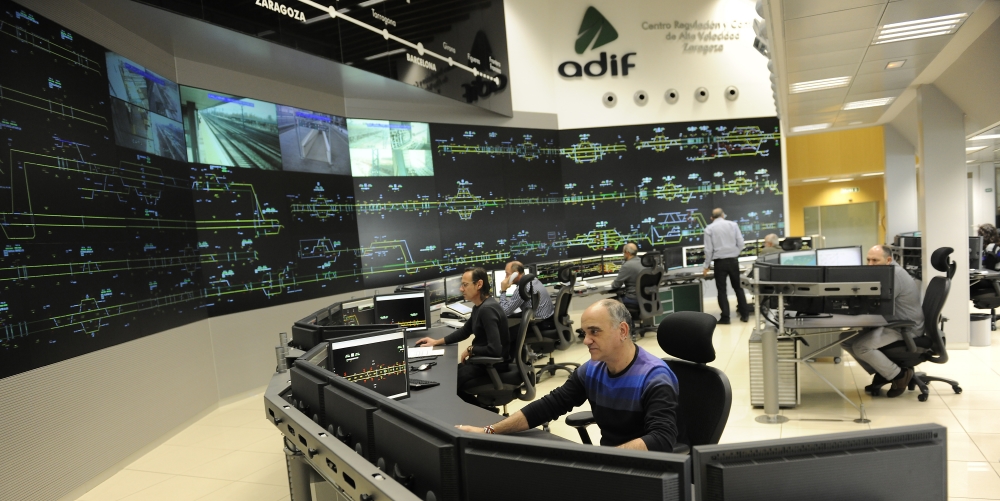Operations and Performances
Operations Route Compatibility ChecksOperations

Objective
Interoperability of rail operations and traffic management across Europe is crucial for the safety of passenger and freight trains, in particular for cross border services. The EU aims to achieve interoperability in this domain via the implementation of the Technical Specifications for Interoperability for Operation and Traffic Management (TSI OPE) (Regulation (EU) 2019/773). TSI OPE sets the responsibilities between Rail Infrastructure Managers (IMs) and Railway Undertakings (RUs) regarding the operations and traffic management (e.g. train composition issues, on-board equipment failures, emergency evacuation, pre-departure checklists tests, written orders, degraded working and management of emergency situations).
EIM in action
- EIM’s OPE Working Group deals with all interfaces between IMs and RUs, notably the definition of communication principles and procedures and the design of new forms of safety–related information;
- EIM OPE experts participate actively in the corresponding EU Agency for Railways’(ERA) Working Parties, including the ‘ERTMS Operational HarmonisationWorking Party’ and the ‘Acceptable Means of Compliance’ WG (AMOC)
2020
- EIM experts contributed to the drafting of the TSI OPE Application Guide and gave comments on the TSI OPE revision, including parameters needed for the route compatibility between a vehicle and the infrastructure;
- The OPE WG continued to work on the revision of operational harmonisation rulesand is working on the enhancement and correction of the EU Instructions included in the OPE TSI.
Outlook 2021
- • The OPE experts involved in the report for the rear end signals / tail lights will work on the final decision to be agreed with the EC and NSAs.
- EIM has strengthened the collaboration with EUG on some OPE aspects.
- The OPE WG Experts will continue working on the ‘Marker Boards Harmonisation together with ERA.
- The OPE WG Experts will closely monitor the progress of the Appendix A and Appendix C2 with respect to the updating of the European harmonised instructions.
- The OPE WG Experts will continue working closely on the following cross-related topics: DAC, DDD, TWG Freight, AMOC and ATO.
EC Implementing Regulation (EU) 2019/773
Route Compatibility Checks
Facts & context
Before a Railway Undertaking (RU) operates a wagon or locomotive on a specific line, it is required to check that this vehicle is compatible with the relevant route. Articles 21 and 23 of Directive (EU) 2016/797 on Interoperability introduce the process for obtaining authorisation of a vehicle for an area of use and the ‘Route Compatibility Checks’ that must be done to ensure route compatibility before the authorised vehicle(s) can be used. The Technical Specifications for Interoperability on Operations (TSI OPE), Appendix D1 further defines the requirements the RUshave to check.
EIM in action
- EIM experts are involved in the relevant European Commission and EU Agency for Railways (ERA) committees when drafting and defining the parameters that are needed for the route compatibility.
2020
-
EIM has continued its dialogue with those Member States that have transposed the 4th Railway Package in June 2020.
-
EIM facilitated feedback and exchanges from Member States that transposed in 2019 to Member States that transposed in 2020.
-
EIM participated in workshops organized by the sector concerning route compatibility.
- EIM collaborated with ERA to consider the route compatibility topics into the evolution of the RINF and ERATV registers.
- EIM has promoted exchange among the members of the different working groups that manage route compatibility related topics to share emerging barriers and to provide possible solutions.
Outlook 2021
- EIM will continue to follow-up the application of the 4th Railway Package, notablythe implementation of Articles 21 and 23.